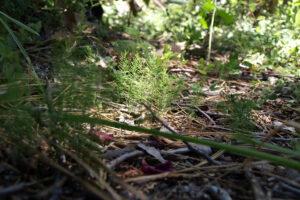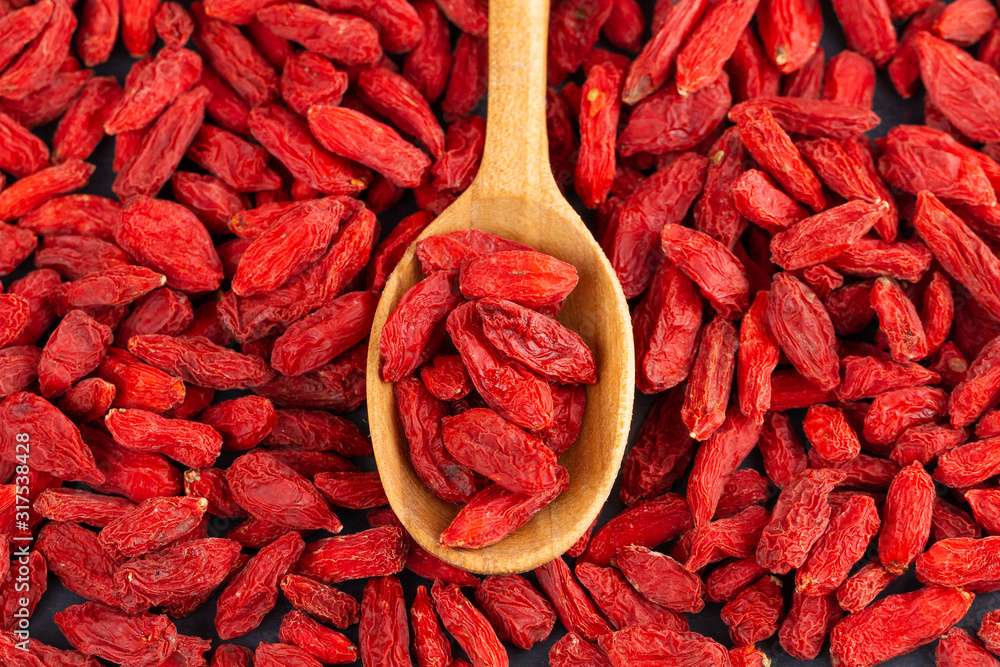
A food forest, also known as forest gardens, are a way of growing sustainable food by mimicking the natural structure and processes of a forest ecosystem. They consist of layers of plants, including trees, shrubs, vines, and groundcovers, that work together to create a self-sustaining system that produces an abundance of food while requiring minimal maintenance. One of the key components of a food forest is edible plants, which provide a variety of fruits, nuts, and vegetables.
Plants for a Sustainable Food Forest
Apple Trees
Apple trees are an excellent addition to any food forest due to their versatility and high yield. They provide nutritious fruit that can be eaten fresh or used in a variety of dishes, from pies and cakes to sauces and juices. They also have a long lifespan and can live for up to 100 years or more with proper care. When planting apple trees in your food forest, choose disease-resistant varieties such as Liberty or Enterprise, and make sure to provide them with full sun and well-drained soil.
Blueberries
Blueberries are a delicious and nutritious fruit that can thrive in a food forest setting. They are high in antioxidants and vitamins, and can be used in a variety of sweet and savory dishes. Blueberries also have a long harvest season, with some varieties producing fruit from late spring to early fall. When planting blueberries in your food forest, choose acidic soil with a pH between 4.5 and 5.5, and provide them with partial shade and consistent moisture.
Hazelnuts
Hazelnuts are a popular nut that can be used in a variety of desserts, snacks, and savory dishes. They are high in protein, healthy fats, and vitamins, and can be stored for long periods of time. Hazelnut trees are also relatively easy to grow and can tolerate a variety of soil types and conditions. When planting hazelnut trees in your food forest, choose self-pollinating varieties such as Jefferson or Yamhill, and provide them with well-drained soil and full sun.
Elderberries
Elderberries are a versatile and nutritious fruit that can be used in a variety of culinary and medicinal applications. They are high in antioxidants and vitamins, and can be used to make syrups, jams, wines, and teas. Elderberry bushes are also relatively easy to grow and can tolerate a variety of soil types and conditions. When planting elderberry bushes in your food forest, choose varieties such as Adams or York, and provide them with full sun and consistent moisture.
Asparagus
Asparagus is a delicious and nutritious vegetable that can be grown in a food forest setting. It is high in vitamins and minerals, and can be eaten fresh or used in a variety of dishes, from soups and salads to stir-fries and omelets. Asparagus also has a long harvest season, with some varieties producing spears from early spring to late summer. When planting asparagus in your sustainable food forest, choose a sunny location with well-drained soil, and be patient, as it can take a few years for the plants to establish themselves.
Raspberries
Raspberries are a delicious and nutritious fruit that can thrive in a sustainable food forest setting. They are high in antioxidants and vitamins, and can be used in a variety of sweet and savory dishes. Raspberries also have a long harvest season, with some varieties producing fruit from early summer to early fall. When planting raspberries in your food forest, choose a sunny location with well-drained soil and consistent moisture, and provide support for the canes.
Kale
Kale is a nutritious leafy green that can be grown in a sustainable food forest setting. It is high in vitamins and minerals, and can be eaten fresh or cooked in a variety of dishes, from salads and smoothies to soups and stews. Kale is also a hardy plant that can tolerate cold weather and frost, making it a great choice for year-round production. When planting kale in your food forest, choose a location with partial shade and well-drained soil, and plant in succession to ensure a steady supply of fresh leaves.
Figs
Figs are a sweet and delicious fruit that can be grown in a food forest setting. They are high in fiber, vitamins, and minerals, and can be eaten fresh or dried. Figs also have a long harvest season, with some varieties producing fruit from late summer to early fall. When planting figs in your food forest, choose a location with full sun and well-drained soil, and provide protection from frost and wind.
Sweet Potatoes
Sweet potatoes are a nutritious and versatile root vegetable that can be grown in a food forest setting. They are high in fiber, vitamins, and minerals, and can be used in a variety of dishes, from roasted vegetables to casseroles and pies. Sweet potatoes also have a long harvest season, with some varieties producing tubers from late summer to early winter. When planting sweet potatoes in your food forest, choose a sunny location with well-drained soil, and plant in mounds to improve drainage and aeration.
Comfrey
Comfrey is a nutrient-rich herb that can be grown in a sustainable food forest setting. It is high in minerals and can be used to make a nutrient-rich compost tea or added to the soil to improve fertility. Comfrey also has medicinal properties and can be used to soothe wounds, reduce inflammation, and promote bone and tissue healing. When planting comfrey in your food forest, choose a location with partial shade and well-drained soil, and avoid planting near water sources due to its deep roots.
Incorporating edible plants into your food forest can provide a diverse and nutritious source of sustainable food while also promoting a self-sustaining ecosystem. The top 10 edible plants for your sustainable food forest include apple trees, blueberries, hazelnuts, elderberries, asparagus, raspberries, kale, figs, sweet potatoes, and comfrey. When planting these plants in your food forest, it is important to choose the right location and soil conditions, and to provide proper care and maintenance to ensure a bountiful harvest.
Keywords: food forest, edible plants, sustainable, ecosystem, fruit trees, berries, nuts, vegetables, asparagus, kale, figs, sweet potatoes, comfrey, permaculture, sustainable food forest, sustainable food, best sustainable food for a permaculture garden,
Check out FoodieScapes for articles on growing and preparing food.
Check out StoryScapes for articles on creative writing.
Subscribe to our newsletter to get information delivered to your inbox on homesteading, growing food, food preparation, travel, fishing, and more.










